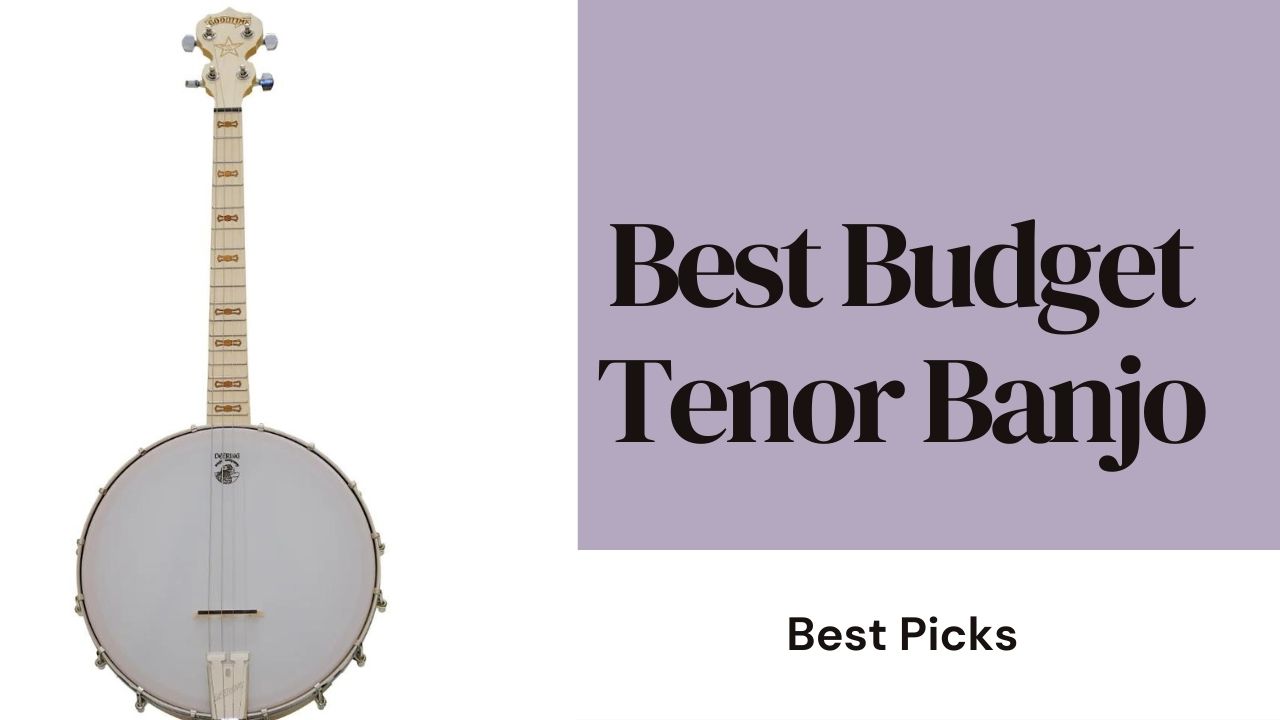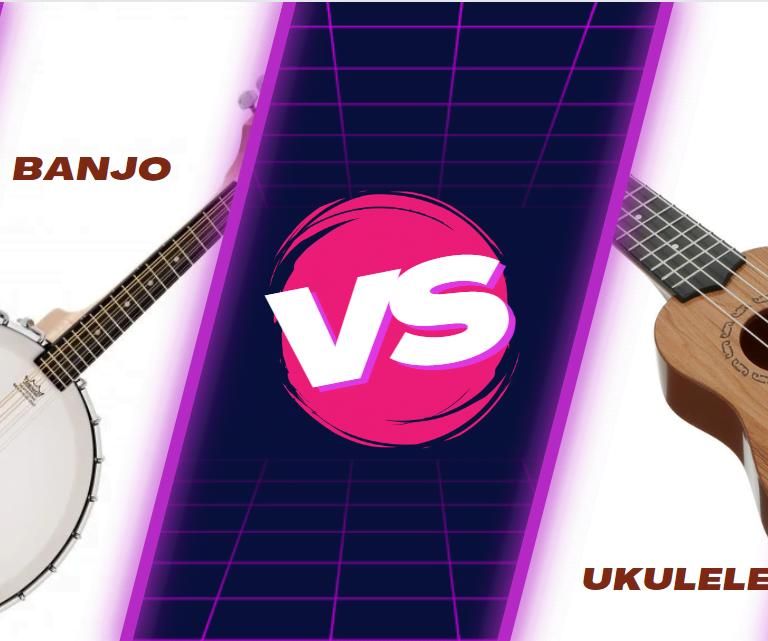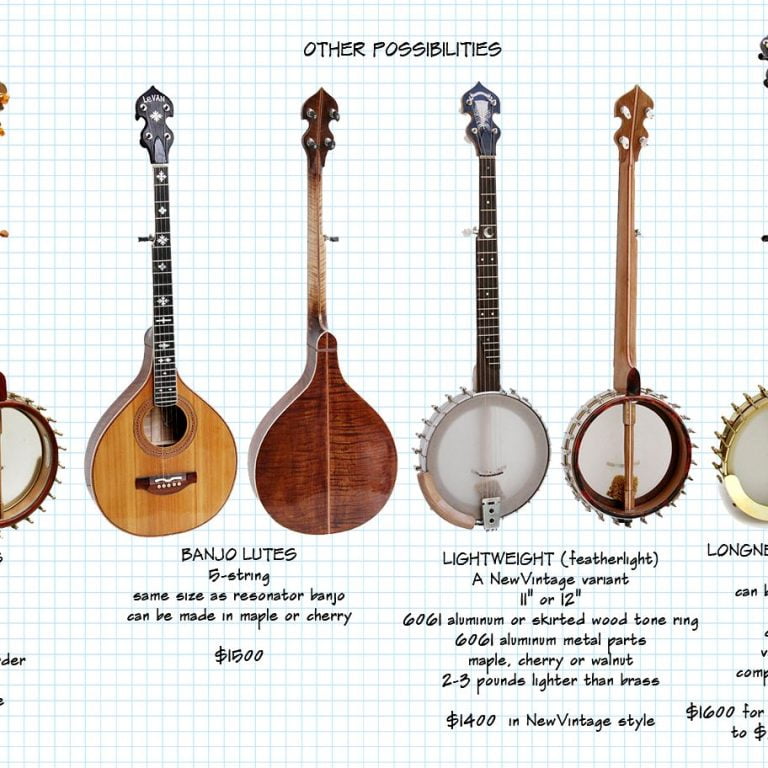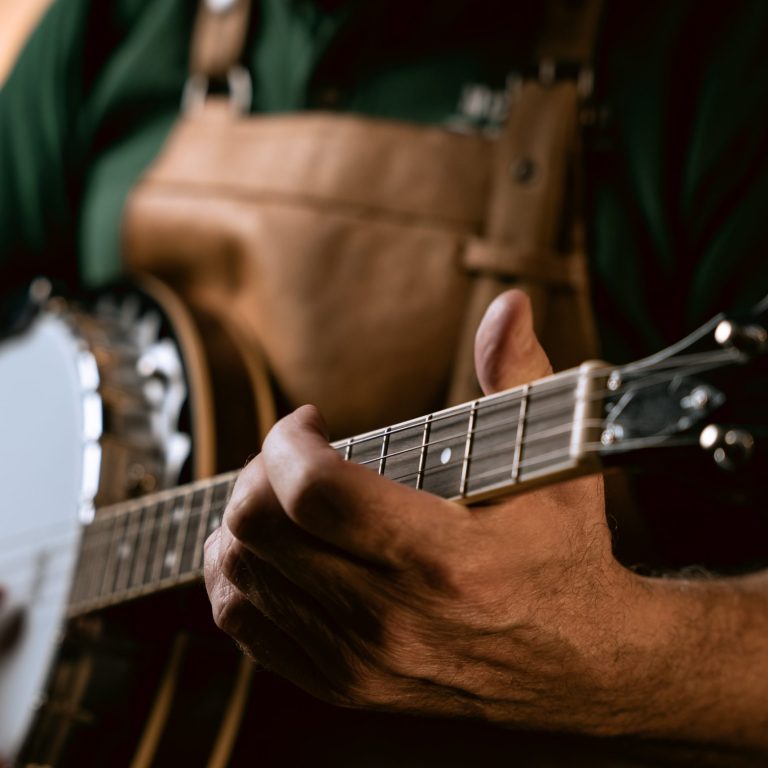Are you a music enthusiast looking to dive into the world of tenor banjos and looking for Best Budget Tenor Banjo? You’ve come to the right place! In this comprehensive guide, we’ll walk you through everything you need to know about finding the best budget tenor banjo that suits your musical needs.
When it comes to selecting the perfect tenor banjo, a budget-friendly option can offer both quality and affordability. Whether you’re a beginner or a seasoned player, it’s essential to consider various factors to ensure you make the right choice. Let’s delve into the key aspects to look out for when shopping for the best budget tenor banjo.
What to Look for in the Best Budget Tenor Banjo
1. Construction and Materials:
- Opt for a tenor banjo crafted from high-quality materials such as mahogany or maple for durability and enhanced sound.
- Look for sturdy hardware and a well-built resonator to ensure longevity and rich tones.
2. Sound Quality:
- Seek a budget tenor banjo with a clear, crisp tone that resonates well across different genres of music.
- Test out various models to find one that produces the desired sound and projection for your playing style.
3. Playability:
- Consider the neck and fretboard design for comfortable playability, especially if you plan on practicing for extended periods.
- Check the setup and adjustability of the strings to ensure smooth transitions between chords and notes.
Top Picks for Budget Friendly Tenor Banjos
Rogue Learn-the-Banjo Starter Pack

Let’s dive into the Rogue Learn-the-Banjo Starter Pack and see what it has to offer.
The Rogue Learn-the-Banjo Starter Pack is designed for beginners who want to explore the world of banjo playing. Here’s a breakdown of its features:
- Build Quality:
- The Rogue Travel Starter banjo strikes a balance between affordability and quality. While it’s not a high-end instrument, it provides a comfortable playing experience.
- With 18 brackets, a high-quality head, and an open-back design, this banjo offers a solid foundation for beginners.
- It’s lightweight and durable, making it suitable for travelers or those new to handling instruments.
- Hardware & Bundle:
- The hardware is basic but functional. The tuning machines are of good quality, although you may need to tune frequently initially.
- Setting up the bridge is straightforward, even for inexperienced players.
- The package includes:
- A padded gig bag for easy transport.
- A banjo case chord book with multiple fingerings.
- An instructional DVD (although some find it basic).
- Sound:
- The Rogue Learn-the-Banjo Starter Pack features an open-back design, which is ideal for old-time and frailing styles.
- The banjo produces a mellow, sweet sound. While it may lack the projection of resonator banjos, this is common among open-back models.
- Overall, the clear tone surprised many users given its affordable price.
In summary, if you’re a beginner with limited knowledge and a tight budget, the Rogue Learn-the-Banjo Starter Pack provides a great entry point.
Epiphone MB-100 Banjo:

The Epiphone MB-100 Banjo is a popular choice for beginners and budget-conscious musicians. Here’s a summary of reviews and insights:
- Quality & Feel:
- The build quality of the MB-100 is decent, considering its affordability. While it’s not top-tier, it provides a comfortable playing experience.
- Some users have noticed rough finishes and crooked hardware, such as the head tension bolts. However, these issues are expected at this price point.
- Overall, the MB-100 is a good starter banjo for those who want to dip their toes into banjo playing without breaking the bank.
- Sound:
- The MB-100 offers a warm and plucky tone. Its mahogany body contributes to this balanced sound.
- While it doesn’t compare to high-end models like Deering banjos, it holds its own for the price.
- Players appreciate the stable tuning machines and comfortable frets.
- Value for Money:
- The Epiphone MB-100 is one of the most affordable banjos on the market.
- It’s a great choice for beginners who want a functional instrument without a hefty investment.
- If you’re unsure about committing to the banjo long-term, the MB-100 provides a solid entry point without draining your wallet.
In summary, the Epiphone MB-100 Banjo is worth considering if you’re starting your banjo journey.
Deering Goodtime 17-Fret Tenor Banjo

Certainly! Let’s explore the Deering Goodtime 17-Fret Tenor Banjo and see what players have to say about it.
The Deering Goodtime 17-Fret Tenor Banjo is a versatile instrument tuned in 5ths (like a viola or cello) with the tuning C, G, D, A. Here’s a summary of reviews and insights:
- Sound:
- Players describe the sound as clear, bright, and beautiful, exceeding their expectations.
- The banjo produces a lovely, loud, and rich tone that delights musicians.
- It’s particularly suitable for Celtic music when tuned to GDAE (similar to a mandolin) or with octave mandolin strings for a different tonal flavor.
- Setup:
- The Deering Goodtime 17-Fret Tenor Banjo arrives well set up.
- Some players prefer to change the strings from Deering’s Irish tenors to octave mandolin strings for personal preference.
- Overall, the setup is commendable and contributes to a positive playing experience.
- Appearance:
- The banjo has no apparent flaws and features a maple body with a clear finish.
- Its bright appearance, almost white in color, may darken with age.
- Aesthetics are subjective, but the Goodtime series has its unique charm.
- Keep in mind that these banjos are designed for travel and not necessarily for gigging.
- Reliability & Customer Service:
- The instrument seems well-built, with smooth frets.
- While it’s not intended for professional gigging, it’s perfect for practice sessions while waiting for the ferry.
- Deering is known for responsive customer service and provides a 6-year warranty for added peace of mind.
In summary, the Deering Goodtime 17-Fret Tenor Banjo offers great value, especially for beginners and travelers.
Tips for Maintaining Your Tenor Banjo
1. Regular Cleaning and Maintenance:
- Wipe down your tenor banjo after each practice session to prevent dust buildup and maintain its shine.
- Keep the strings clean and replace them periodically for optimal sound quality.
2. Proper Storage:
- Store your tenor banjo in a secure case or gig bag to shield it from dust, moisture, and temperature fluctuations.
- Avoid exposing the instrument to extreme heat or cold to prevent damage to the wood and hardware.
Conclusion: Embracing the Harmonious Journey with a Budget-Friendly Tenor Banjo

In conclusion, finding the best budget tenor banjo requires careful consideration of construction, sound quality, and playability. By exploring various models and selecting one that meets your musical preferences, you can embark on a harmonious journey of music exploration without straining your budget.
Whether you’re a beginner or an experienced player, a budget-friendly tenor banjo can offer a rewarding playing experience while staying within your financial means. So, take the time to research and test out different options to discover the perfect budget tenor banjo that resonates with your musical aspirations. Happy playing!
Some of the frequently asked questions about Tenor Banjo
- What is a 4 String Banjo Called?
- here are two main types of 4 string banjos – the Irish tenor banjo and the plectrum banjo.
- What are 4 String Banjos Used For?
- The 4 string tenor banjo is commonly used to play traditional Irish music, while the plectrum banjo is used for jazz.
- Is the Banjo Irish?
- No, the banjo is not indigenous to Ireland. It became popular in Irish folk music after being introduced from the USA, but it originally evolved from West African string instruments.
- What is an Irish Tenor Banjo?
- The Irish tenor banjo is a short neck 4 string banjo, typically with a 17 or 19 fret scale length, and is tuned to GDAE, one octave lower than the Irish fiddle and mandolin.
- What is a Plectrum Banjo?
- A plectrum banjo is a four-string banjo, larger than tenor banjos, and is associated with jazz. It’s played with a plectrum or pick and traditionally tuned to CGBD.
- What’s the Difference between a 4 string and a 5 string banjo?
- The 5 string banjo is larger, with a longer scale length of 22 frets, and is found in North American folk music. The 4 string, specifically the Irish tenor banjo, is smaller and used for traditional Irish music.
- Is a 4 or 5 String Banjo Better?
- This depends on the style of music you want to play. They are different instruments with different playing techniques, much like comparing a concertina to an accordion.
If you have more questions or need further information, feel free to ask in comment !
I hope you enjoy the comprehensive guide to finding the best budget tenor banjo that suits your musical needs. Happy playing!
To check our more blogs Click Here



